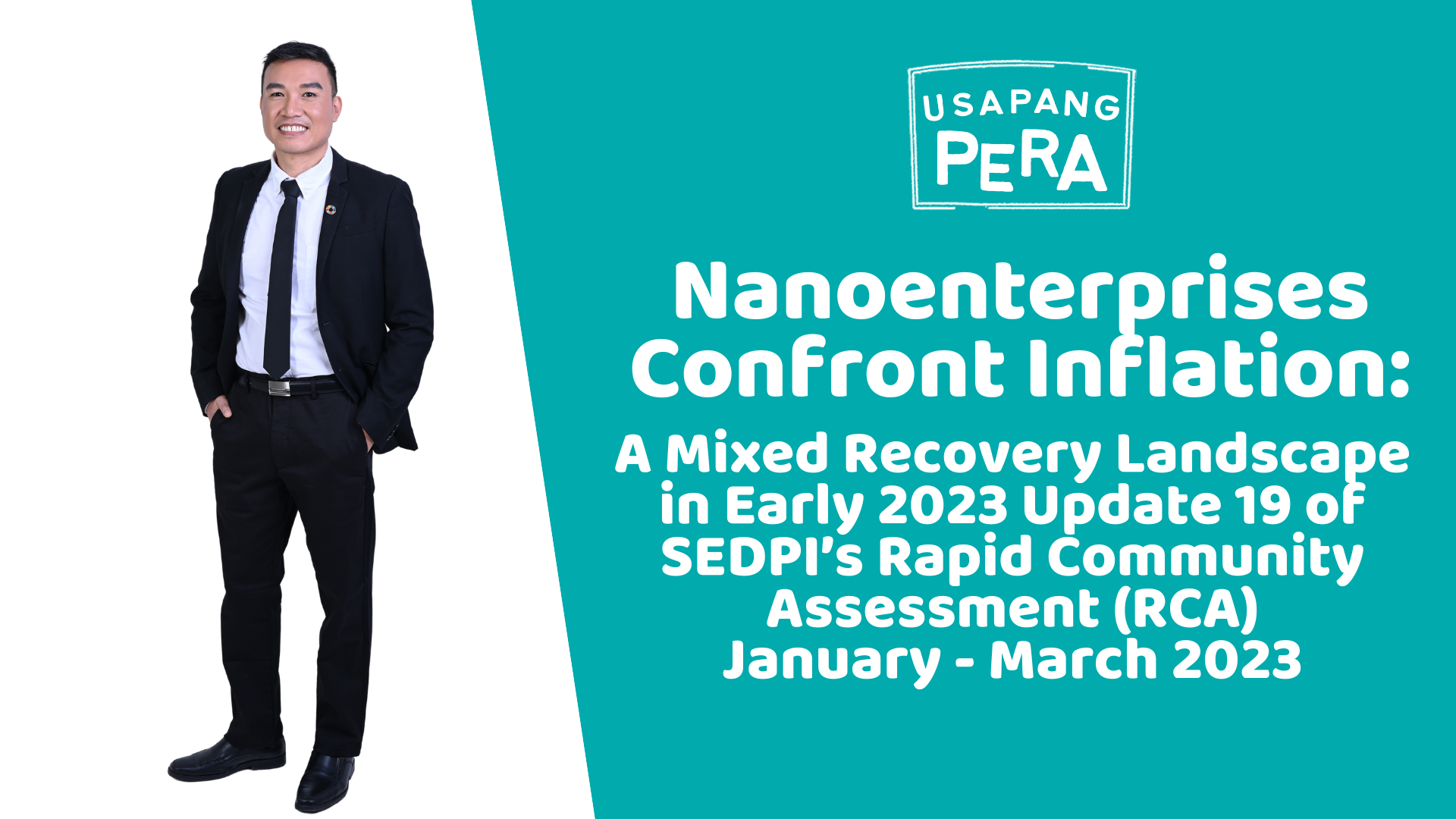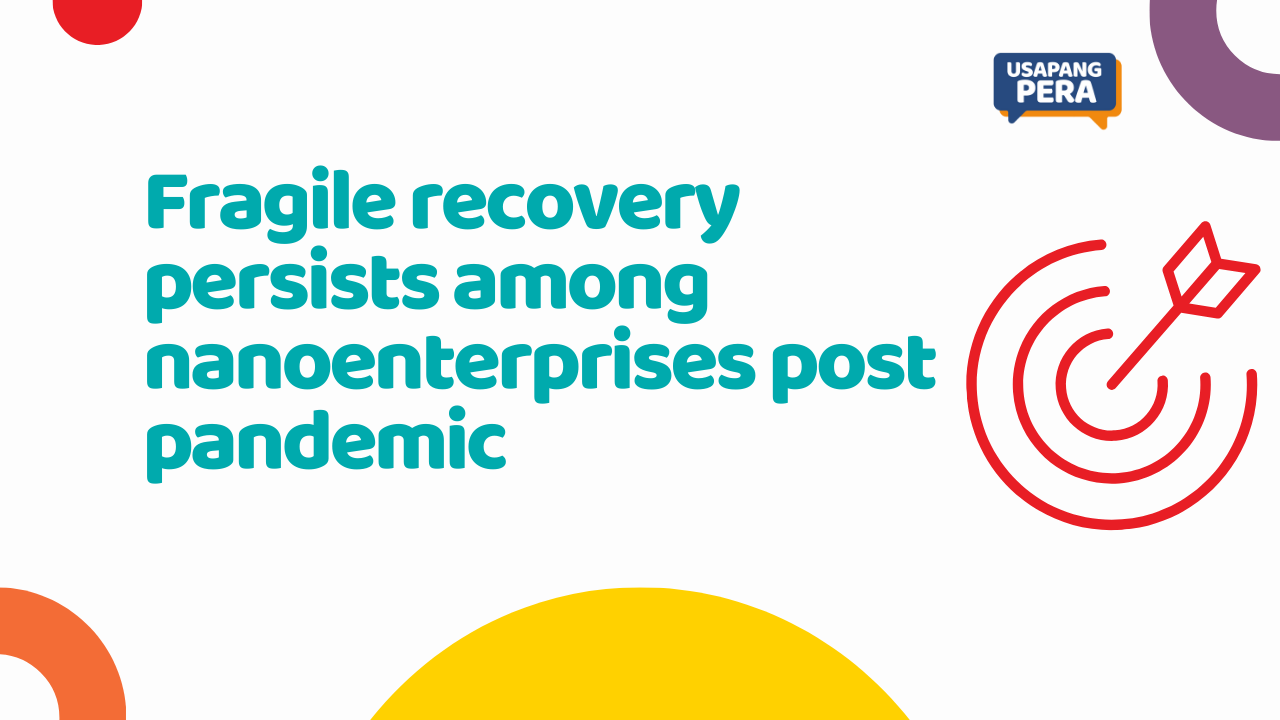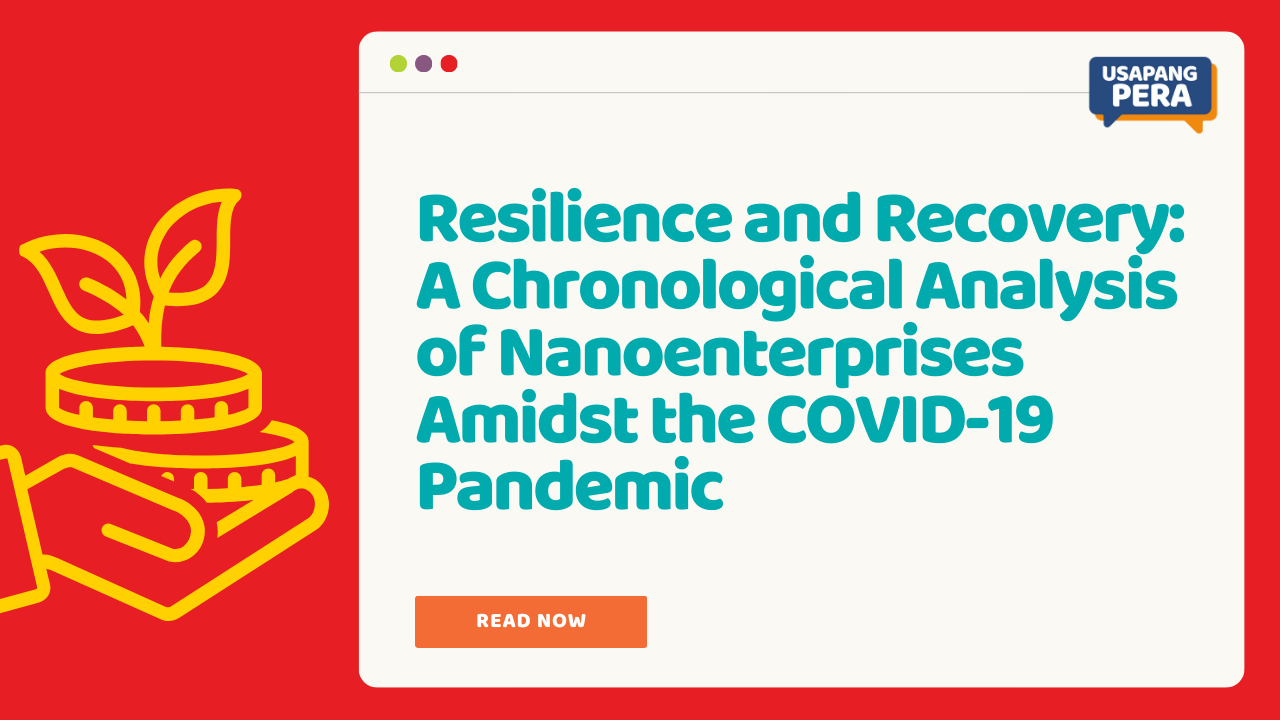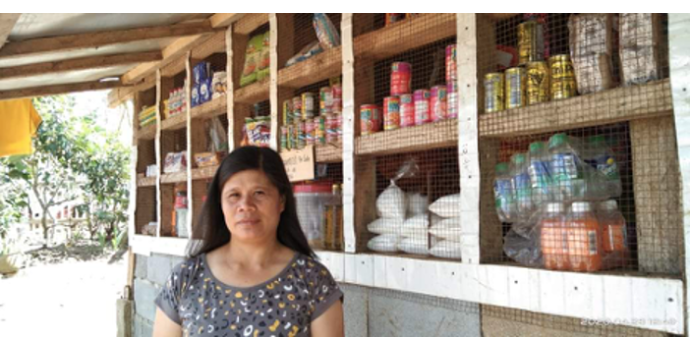Tag: covid
-

Nanoenterprises Confront Inflation: A Mixed Recovery Landscape in Early 2023 Update 19 of SEDPI’s Rapid Community Assessment (RCA) January – March 2023
In the first few months of 2023, nanoenterprises continue their journey towards recovery, now facing the added challenge of rising prices. Our latest study at Social Enterprise Development Partnerships, Inc. (SEDPI) provides new insights into how nanoenterprises are doing. Although there are signs of improvement, the issue of inflation is making the recovery process harder…
-

Fragile recovery persists among nanoenterprises post pandemic
Update 18 of SEDPI’s Rapid Community Assessment (RCA)October – December 2022 As the world slowly recovers from the pandemic, the economic landscape remains uncertain, especially for nanoenterprises. A recent survey conducted by our organization, Social Enterprise Development Partnerships, Inc. (SEDPI), reveals that 99% of nanoenterprises have resumed operations as of December 2022, indicating a promising…
-

Resilience and Recovery: A Chronological Analysis of Nanoenterprises Amidst the COVID-19 Pandemic
The COVID-19 pandemic has had a profound impact on nanoenterprises (NEs) worldwide, with various stages of recovery, demand trends, and access to supplies experienced throughout the course of the pandemic. This article examines the chronological analysis of NEs’ recovery, demand trends, and access to supplies from March 2020 to December 2022, based on the Rapid…
-
Never Too Small for Hope- Part III (Service Economy)
Federic Caneta / Resident of Cebu City – Furniture Maker The miter saw is silent in Federic Caneta’s workshop. The carpenter has a cabinet and a couple of shelves from commissions that were canceled because of the lockdown. His monthly projects vary with demand, “I make furniture on a custom-made or pre-order basis. Orders would…
-

Never too Small for Hope – Part II (Transport and Logistics)
Image Credit: FreePik Respondent: Jhun Rodriguez / Resident of Quezon City- Tricycle Driver Jhun Rodriquez’s day would start with morning commuters in Quezon City. He is one of 4.5 million drivers across the country who have left their vehicles in garages until quarantine conditions are lifted. Jhun has put a ‘Family Use – Private’ sign on…
-
ARBOs Remain Covid-free
Agrarian Reform Beneficiary Organizations (ARBO) in Sarangani, Sultan Kudarat, Maguindanao, and Lanao del Sur Provinces remain covid free. This is the result of the ARBO covid-19 quick assessment conducted by SEDPI on April 20-24, 2020. While some ARBOs have completely stopped operations, 36% or ten (10) out of twenty-eight (28) participating ARBOs continue to provide…
-
Update 3: Community assessment and recommendations for support to microenterprises and the informal sector during and after COVID-19
SEDPI is a group of social enterprises that provide capacity building and social investments to development organizations and directly to microenterprises. We serve ~8,000 microenterprises in Agusan del Sur and Surigao del Sur, two of the poorest provinces in the Philippines. Most of our members, about nine in 10, are women with an average age…


